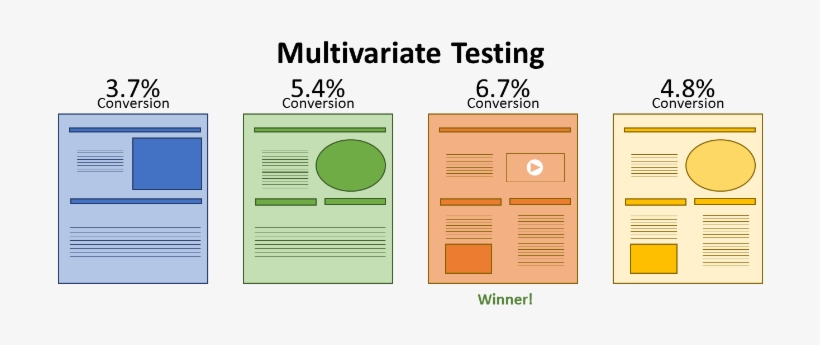Pay Per Click Advertising (PPC)
What is PPC or Pay per Click Advertising?
One payment method for ads is a “pay per click” system. This means that each time someone clicks the ad, the person featured in it must pay. For example, if you see an ad online but you do not click on it, if it’s a PPC advertisement, then the advertiser would not pay.
If you click on the ad, they will pay for it to their provider. (Like Google, in the Google Display Network).
Pay-per-click search engines rely on keyword searches to deliver relevant advertisers. It is less confusing when we remove the common use of “PPC” when referring to advertising and “CPC” for clicks.
Pay per click ads can be seen in several places, but they are most often found at the top or the side of a web page. You can easily recognize an ad as PPC if it includes the words “sponsored ad” on that site. There are two types of PPC, and each one operates differently: flat-rate and bid-based ones.
PPC marketing allows companies to bid for ad placements. One type is called flat-rate PPC, and it offers a fixed price per click. The other type, bid-based PPC, takes place in private auctions with a maximum bidding amount for the top spot.
Online marketers may prefer to run ads that are not clicked because there is little or no cost when the ad doesn’t show results. This can provide a reliable, low-risk option, unlike TV commercials.
The biggest downside is that competitors can do malicious clicks on your ads but it isn’t a worthwhile investment for them to do so in most cases.




